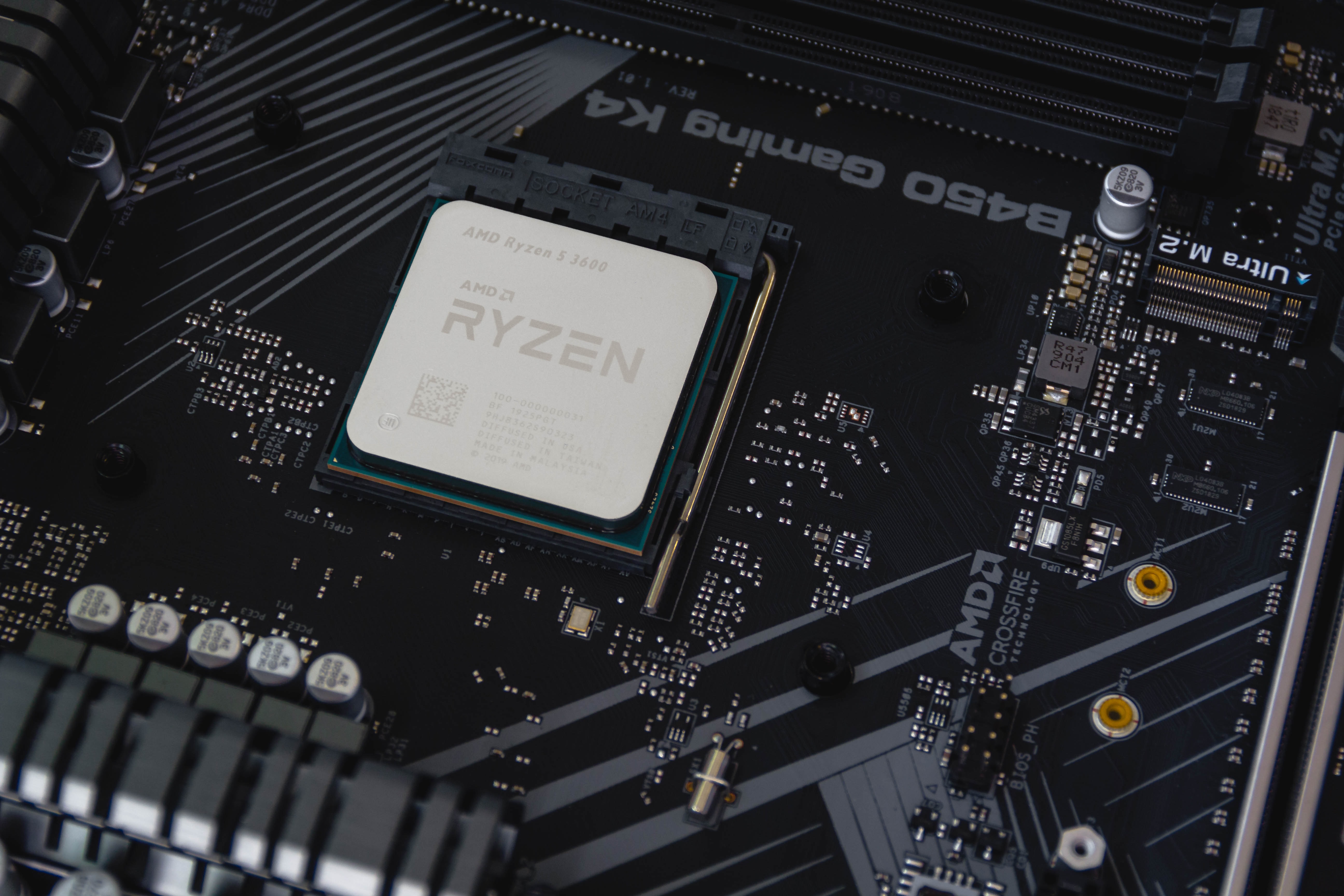Deuterized Low-K Dielectric Materials for TDDB Mitigation
Simple, scalable and inexpensive process to replace the hydrogen in low-k dielectrics with deuterium to improve semiconductor performance.
Low-k dielectrics are a class of materials used in the manufacture of nanoscale semiconductor devices. The problem with low-k dielectrics is that they are susceptible to a phenomenon known as time dependent dielectric breakdown (TDDB). TDDB, one of the most important and most studied failure mechanisms in Integrated Circuits, is caused when an electron accelerated by an electric field in the dielectric collides with a hydrogen atom in the structure and ejects it. This provides a conduction path that eventually renders the normally insulating dielectric conductive. TDDB decreases the overall performance of the low-k dielectric, which, in turn, decreases the overall performance of the semiconductor.
Researchers at SUNY Polytechnic Institute have developed a simple, scalable and inexpensive process to replace the hydrogen in low-k dielectrics with deuterium, a readily available material from nuclear reactors, to immensely improve semiconductor performance.

- Effective on any low-k dielectric that incorporate hydrogen
- Plug & play with current semi‑conductor chip infrastructure
- Increased performance
Patent application submitted, US 62/882,335
This technology is available for licensing.
Licensing, Development partner, Commercial partner
Patent Information:
| App Type |
Country |
Serial No. |
Patent No. |
Patent Status |
File Date |
Issued Date |
Expire Date |
|